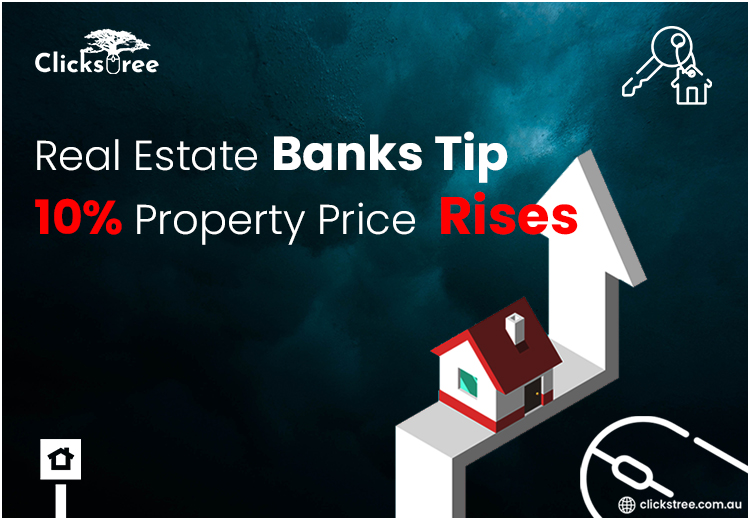
Real estate’s this week’s report
Two Reports Confirm The Property Boom
New information from two sources affirms that a national real estate boom is in progress across Australia. The most recent figures from both Domain and CoreLogic record yearly development in house costs in many areas in the country, yet specifically in the most recent quarter. CoreLogic’s value report shows that each of the 15 market purviews (8 capital urban areas and 7 state districts) recorded elevate in January and in the previous three months. Space’s report shows all capital urban communities had huge cost increments in 2020, with significant inspiration in the December Quarter. The CoreLogic figures show quarterly development of at any rate 2.4% altogether 15 market wards. That likens to twofold digit yearly increments if those development rates are kept up. Be that as it may, 12 of the 15 significant business sectors had quarterly increments going from 3.5% to 7.8%. The Domain information shows quarterly ascents in house costs going from 3% to 6.4% in five of the eight capital urban areas and similarly huge increments all through numerous local areas. The more modest capital urban communities and the provincial business sectors are driving the development in house costs.
Financing costs To Stay Low Till 2024
The Reserve Bank has nailed record low financing costs to the floor until 2024 and expanded its bond-purchasing program by another $100 billion. The RBA this week chose to keep the money rate at 0.1% and brought its joblessness conjecture down to hit 6% before the current year’s over, down from the 6.5% it estimated three months back. Expansion and GDP estimates have additionally been redesigned. Astounding to most financial specialists was the RBA’s call to expand its quantitative facilitating program by purchasing an extra $100 billion in bonds. RBA lead representative Philip Lowe says the financial recuperation is quicker than anticipated and GDP is presently expected to get back to its pre-pandemic level by the center of this current year. “The monetary recuperation is well under way and has been more grounded than was before expected,” he says. “The board won’t expand the money rate until real expansion is economically inside the 2-3% objective reach. The board doesn’t anticipate that these conditions should be met until 2024 at the soonest.”
Low Listings Are Boosting Real Estate Prices
We have begun 2021 with low stock levels, with accessible inventory missing the mark concerning quickening purchaser interest, new examination has uncovered. With the real estate market in a rising direction, purchasers who neglected to move in 2020 are presently entering the market, anxious to compensate for some recent setbacks. Therefore, existing lodging supply has been affected by a solid pace of assimilation from rising home purchaser action, making an economically difficult market. CoreLogic gauges that the quantity of public home deals in the course of recent months has outperformed the earlier year’s figures by 24%. The volume of local home deals is up 27%, while capital city deals are up 22%. Conversely, the quantity of new postings added to the market broadly over the month finishing 24 January was 3.3% lower than a year ago and 13% beneath the five-year average. Broadly, all out posting numbers, which incorporate new postings in addition to pre-recorded properties, were 28% lower than this time a year ago, following 2% underneath the five-year normal.
Banks Tip 9-10% Property Price Rises
Australia’s “fierce” property market is expected to rise 10% this year, following new information that shows house costs and new advance responsibilities have hit record highs. Seize bunch boss financial analyst Alan Oster anticipates that costs should rise 10% in many capitals, barring Sydney and Melbourne, which would rise 7% or 7.5%. Province Bank head of Economics Gareth Aird has anticipated a 9% ascent in house costs. “There’s a ton of proof demonstrating the real estate market is solid and the valuing information finds a place with the loaning information,” says Aird. “We’re proposing house costs will continue to ascend in 2021.” It’s a major turnaround from conjectures made by the banks in the beginning of the pandemic, when it was figured costs could fall somewhere in the range of 10% to 30%. All things being equal, real estate markets in many pieces of Australia kept on conveying development. Buyer advocate Cate Bakos says the market for purchasers has become “savage” with house costs ascending by a great many dollars every week because of the solid rivalry over less homes available to be purchased.
Loans Data Keeps On Rising
New ABS information on lodging accounts shows financial backers are getting back to the market, while home purchaser movement stays solid. The estimation of new proprietor occupier home loans rose 8.7% to $19.9 billion in December, to be 39% higher than December 2019. The estimation of loans to financial backers rose 8.2% to $6 billion. ABS head of Finance and Wealth, Amanda Seneviratne, says: “Credit responsibilities for existing abodes represented 53% of December’s ascent in proprietor occupier lodging advance responsibilities, while development of new residences represented 32%.” The estimation of development advance responsibilities developed 17% in December, dramatically increasing since the June usage of the HomeBuilder award. “Administrative and state government measures, for example, HomeBuilder, are supporting continuous development in lodging loans”, she says. In December, the quantity of first-home-purchaser credits rose 9.3% to arrive at 15,205, a 56.6% ascent since December 2019. This is the most significant level since June 2009, when comparative fast development was prodded by the significant increase of the FHB award, in light of the worldwide financial crisis.


